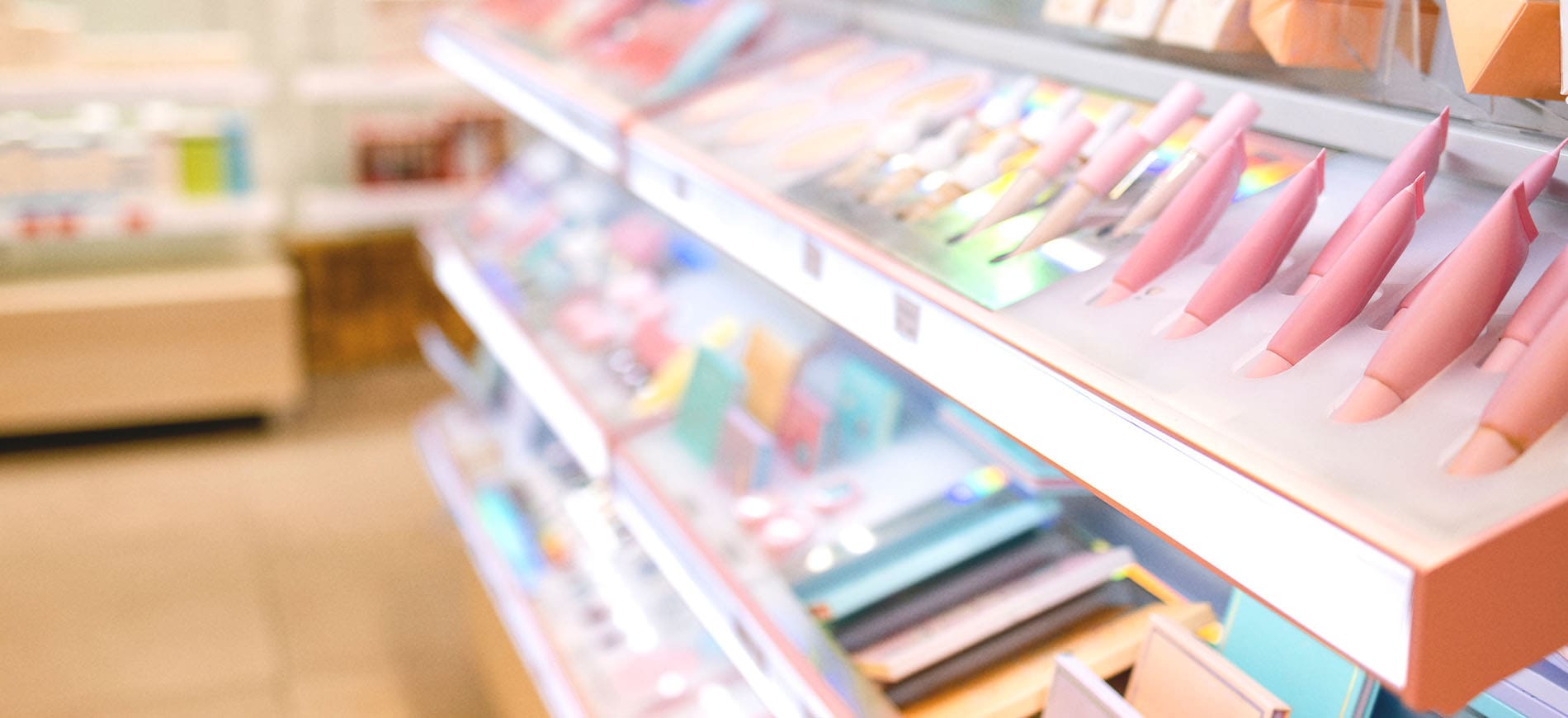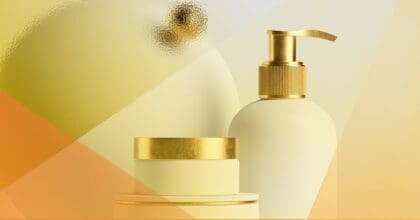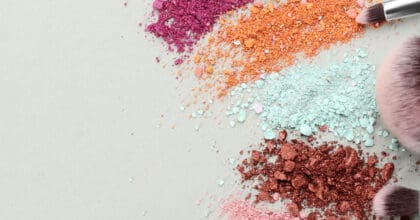-
Articles + –
Nothing to yawn at: Asias overnight hair mask segment is poised for growth
Overnight hair treatment products are seeing increased growth opportunities, with the trend coming out of Latin America starting in the early 2010’s. Recent innovations in the overnight hair treatment segment are set to spark consumer interest thanks to growing trends for at-home haircare, night-time beauty rituals, sleeping well and – perhaps most importantly – the facial sleeping mask boom in Asia.
Why Is This Important?
Haircare innovation often takes inspiration from skincare trends in terms of ingredients, claims, marketing language, and usage rituals. Overnight hair treatment launches have also borrowed benefit claims from facial night creams, such as intense moisturising , nourishing, and repair. Compared to regular wash-off hair treatments, overnight leave-in treatments offer a greater level of convenience to users, who can go to bed after application without worrying about stained pillows, thanks to the adoption of innovative ‘pillow-safe’ technology. In the West, consumer attitudes are positive overall; three in 10 Brazilian females aged 16-24, and nearly two in five UK females aged 16+ express interest in overnight hair treatment products.
61% of Chinese females use sleeping masks
Meanwhile, overnight hair treatments have huge potential in Asia, as consumers have growing concerns about hair health, combined with their generally positive experiences with overnight facial masks. Amongst key Asian markets, Chinese consumers show the highest usage of facial sleeping masks. With relatively low levels of hair treatment usage so far in China, brands have the opportunity to market overnight hair masks to consumers who are familiar with this format in facial care.
Only a handful of overnight hair treatment products are currently available, but key markets in Asia – namely Japan, South Korea, Taiwan and Hong Kong – are beginning to catch on to this trend, with an increasing number of products using mask-like language in their marketing. The two key claims in these launches are damaged hair and moisturizing. We see these claims being used much more in Asia (specifically Japan, South Korea, Taiwan, and Hong Kong) than in global new product launches in recent years, according to Mintel Global New Products Database (GNPD). This trend will spill over into the Chinese market soon, where the overnight hair pack format has yet to see much development.
Hair sleeping masks can embrace additional value-added benefits
As they work while the user sleeps (with an average effective usage time of eight hours), overnight hair treatments can explore value-added benefits which draw interest from beauty-savvy consumers. For example, aroma therapeutic claims which help restful sleeping, relaxation or offer a detox effect can pave the way for further growth in the segment.
UK brand This Works has expanded to include overnight hair treatments claiming ‘hair vitality’, while Phyto Derma, the recently launched derma-haircare brand from LG Household & Health Care, features an ‘overnight hair ampoule’. What’s more, strengthening hair and preventing damage from UV rays and pollution are all relevant value-added benefits that could be incorporated into sleeping masks. This would resonate highly with the Chinese market in particular, where anti-pollution haircare is trending. In regards to styling, overnight hair treatments can work as an enhancer for dyed hair colour, perm or straightening.
What we think
Overnight hair treatments have huge potential in Asia, as consumers have growing concerns with the overall health of their hair, combined with their generally positive experiences with overnight facial masks. Brands should look to leverage the opportunity to market overnight hair mask products as a widespread, popular format for hair treatments to those consumers who are new to the category. The Chinese market is of particular interest, where anti-pollution haircare is seeing increased relevance and TCM or Hanbang ingredients represent a growing trend in haircare.
Jane is a Beauty Analyst at Mintel based in the dynamic city of Seoul, which has become the epicenter for beauty innovation. Jane provides insightful in-depth analysis of beauty, retail, and consumer trends in Korea and the wider Asian market based on 10 years’ experience acquired as a marketing and brand manager for major beauty and FMCG marketers.

Jane is Mintel’s Global Beauty Analyst based in Seoul. She provides insightful in-depth analysis of beauty, retail, and consumer trends in South Korea and wider Asia.
-
Mintel StoreGet smart fast with our exclusive market research reports, delivering the latest data, innovation, trends and strategic recommendations....View reports
-
Mintel LeapMintel Leap is a revolutionary new AI-powered platform that will transform your research process....Book a demo







































